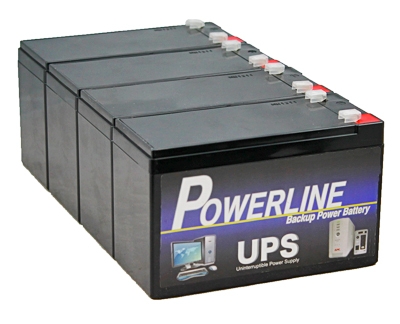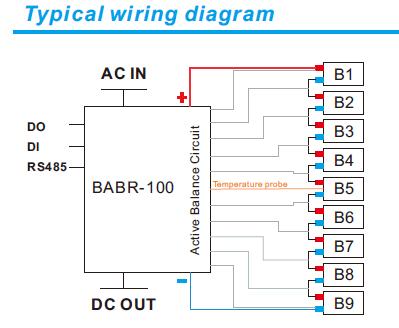BMS EQUIPPED RECTIFIER
Lead acid batteries are widely used in many industries and applications. The telecommunications industry uses a series stack of 4pcs lead-acid batteries to provide a 48V battery pack. Energy Storage Solution (ESS) uses multiple lead-acid batteries in series and parallel configurations to store energy generated by renewable energy sources such as wind and the sun. Serialized lead-acid batteries are used extensively in the UPS (Uninterruptible Power Supply) industry to provide backup power when mains power is lost. Golf carts and other industrial electric vehicles are typically powered by a tandem lead-acid battery pack.

After the battery is manufactured, they meet stringent specifications for energy capacity, ESR (effective series resistance), leakage current, and number of discharge cycles to ensure quality, minimum life, and compliance. In addition, these specifications apply only to individual batteries. There are variations in battery specifications due to limitations in the manufacturing process, and these specifications no longer apply to battery packs when multiple cells are stacked in series. Since the leakage currents are not equal, the batteries connected in series will drift over time, and the capacity of individual batteries may change over time.
When the battery pack fails, user need to disassemble the battery pack and use tester to find out damage cell and replace them. Sometimes replacing only the failed battery itself does not solve the problem, because the characteristics of the replaced battery will be very different from other batteries in the battery pack, which will cause the battery pack to malfunction. Also need regular maintains to check battery health, this is a considerable expense.
In order to extend the life of the battery pack, it is necessary to balance the individual batteries in the battery pack. The traditional view is that overcharging a tandem lead-acid battery pack can balance the individual cells in the battery pack, which in theory helps to extend battery life. However, this method is flawed.
The only way to ensure that all of the batteries in the battery pack are at the same voltage is to use a balanced solution that will cause the overcharged battery to release excess charge and the extra charge to the undercharged battery.
BABR-100 is Blue Jay new developed active balance rectifier, it provides 30A or 50A load capacity for DC output, integrate 9 channels cell monitor circuit for one series battery back. Real-time detect battery cell health condition, user do not need install extra BMS system. Also it active balance function can transfer power from high voltage cell to low voltage cell in charging period, avoid battery cell damage caused by long time overcharge charging.

With active balance charging function, replacing the damaged battery cell no need to specifically match the internal resistance of the entire battery pack. And battery real-time monitor health data can be integrated into the PLC or other monitoring system through RS485 communication. So do not need maintenance personnel to check the battery status frequently, these are greatly reducing subsequent use costs.
Quick Links
Contact Us






